
Thales, a Greek, found that when amber was rubbed with silk, it became electrically charged and attracted objects. He had originally discovered static electricity.

1600: William Gilbert(England) first coined the term “electricity” from “elektron,” the Greek word for amber. Gilbert wrote about the electrification of many substances. He was also the first person to use the terms electric force, magnetic pole, and electric attraction.
1660: Otto von Guericke (Germany) described and demonstrated a vacuum, and then invented a machine that produced static electricity.
1675: Stephen Gray (England) distinguished between conductors and nonconductors of electrical charges.

Ben Franklin (U.S.) tied a key to a kite string during a thunderstorm, and proved that static electricity and lightning were the same thing.

Alessandro Volta (Italy) invented the first electric battery. The quot;volt quot; is named in his honor.
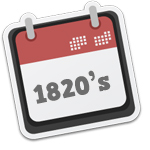
1820: Separate experiments by Hans Christian Oersted(Denmark), Andre-Marie Ampere (France), and Francois Arago confirmed the relationship between electricity and magnetism.
1821: Michael Faraday (England) discovered the principle of electro-magnetic rotation which would later be the key to developing the electric motor.
1826: Georg Ohm (Germany) defined the relationship between power, voltage, current and resistance in Ohms Law.
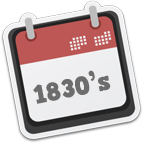
1831: Using his invention the induction ring, Michael Faraday (England) proved that electricity can be induced (made) by changes in an electromagnetic field. Faraday’s experiments about how electricity current works led to the understanding of electrical transformers and motors. Joseph Henry(U.S.) separately discovered the principle of electromagnetic induction but didn’t publish his work. He also described an electric motor.
1835: Joseph Henry(U.S.) invented the electrical relay, which could send electrical currents long distances.
1837: Thomas Davenport(U.S.) invented the electric motor, an invention that is used in most electrical appliances today.
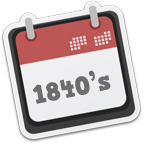
1841: James Prescott Joule(England) showed that energy is conserved in electrical circuits involving current flow, thermal heating, and chemical transformations. A unit of thermal energy, the Joule, was named after him.
1844: Samuel Morse( U.S.) invented the electric telegraph, a machine that could send messages long distances across wires.
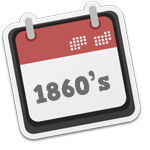
1860s: Mathematical theory of electromagnetic fields published. J.C. Maxwell (Scotland) created a new era of physics when he unified magnetism, electricity and light. Maxwell’s four laws of electrodynamics (“Maxwell’s Equations”) eventually led to electric power, radios, and television.
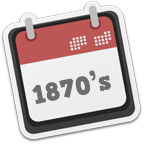
1878: Joseph Swan (England) invented the first incandescent lightbulb (also called an “electric lamp”). His lightbulb burned out quickly. Thomas Edison (U.S.) founded the Edison Electric Light Co. (US), in New York City. He bought a number of patents related to electric lighting and began experiments to develop a practical, long-lasting light bulb.
1879: After many experiments, Thomas Edison (U.S.) invented an incandescent light bulb that could be used for about 40 hours without burning out. By 1880 his bulbs could be used for 1200 hours. Electric lights (Brush arc lamps) were first used for public street lighting in Cleveland, Ohio. California Electric Light Company, Inc. in San Fransicso was the first electric company to sell electricity to customers. The company used two small Brush generators to power 21 Brush arc light lamps.
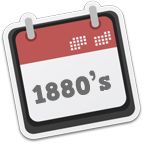
1881: The electric streetcar was invented by E.W. v. Siemens
1882: Thomas Edison (U.S.) opened the Pearl Street Power Station in New York City. The Pearl Street Station was one of the world’s first central electric power plants and could power 5,000 lights. The Pearl Street Station was a direct current (DC) power system, unlike the power systems that we use today which use alternating current (AC). The first hydroelectric station opened in Wisconsin. Edward Johnson first put electric lights on a Christmas tree.
1883: Nikola Tesla (U.S. immigrant from Austrian Empire) invented the “Tesla coil” a transformer that changed electricity from low voltage to high voltage, making it easier to transport over long distances.
1884: Nikola Tesla (U.S. immigrant from Austrian Empire) invented the electric alternator for producing alternating current (AC). Until this time, electricity had been generated using direct current (DC) from batteries. Sir Charles Algernon Parsons(England) invented a steam turbine generator, capable of generating huge amounts of electricity.
1886: William Stanley, Jr. (U.S.) developed the induction coil transformer and an alternating current electric system.
1888: Nikola Tesla (U.S. immigrant from Austrian Empire) demonstrated the first polyphase alternating current (AC) electrical system. His AC system included everything needed for electricity production and use: generator, transformers, transmission system, motor (used in appliances) and lights. George Westinghouse, the head of Westinghouse Electric Company, bought the patent rights to the AC system. Charles Brush(U.S.) was the first to use a large windmill to generate electricity. He used the windmill to charge batteries in the cellar of his home in Cleveland, Ohio.
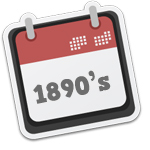
1893: The Westinghouse Electric Company used an alternating current (AC) system to light the Chicago World’s Fair. A 22 mile AC powerline was opened, sending electricity from Folsom Powerhouse in California to Sacramento.
1895-1896: The Niagara Falls hydropower station opened. It originally provided electricity to the local area. One year later, when a new alternating current (AC) powerline was opened, electric power from Niagara Falls was sent to customers over 20 miles away in Buffalo, New York.
1897: Joseph John Thomson (England) discovered the electron.
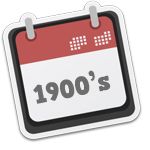
1911: W. Carrier(U.S.) invented electric air conditioning.
1913: A. Goss invented the electric refrigerator.
1943 – 1946: The first general purpose electronic digital computer, ENIAC (Electronic Numerical Integrator and Computer), was built.
1950: John Hopps (Canada) discovered: if a heart stopped beating due to cooling, it could be started again by artificial stimulation using mechanical or electric means. This lead to his invention of the world’s first cardiac pacemaker.
1953: IBM’s 701 EDPM was the first commercially successful general-purpose computer.
1961: The first electronic desktop calculators were the Anita Mk VII and Mk 8 which used vacuum tube technology.
1962: Steve Russell (U.S.) invented Spacewar! The first game intended for computer use.
1972: The arcade game Pong was created by Nolan Bushnell.
1993: The first PDAs or Personal Digital Assistants are released by the Apple Corporation(U.S.).
1998: Ericsson, IBM, Intel, and Nokia cooperated to develop Bluetooth technology that allows wireless communication between mobile phones, laptops, pcs, printers, digital cameras, and video gam consoles.

2001: The iPOD, a portable media player, was launched by the Apple Corporation.
2004: With the full color range of the high power light emitting diodes (LEDs), more advanced architectural designs and stage and studio lighting were developed. Colored LEDs reduce power consumption.




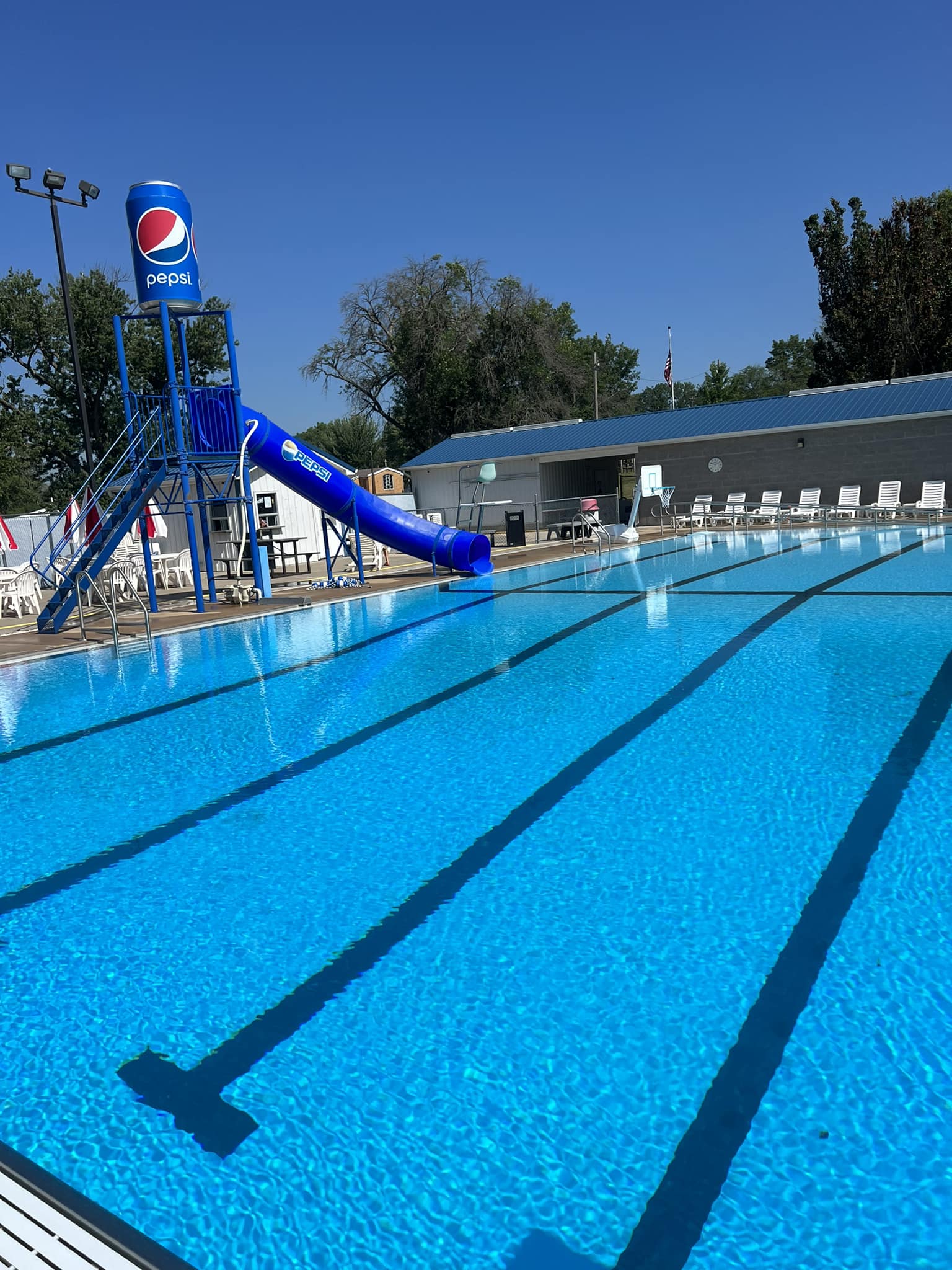
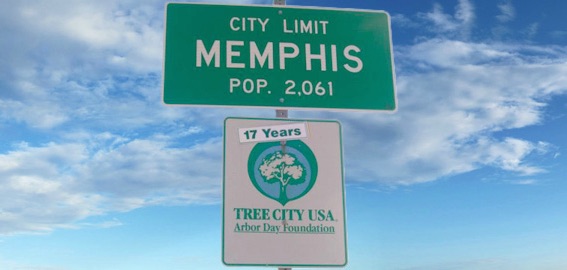
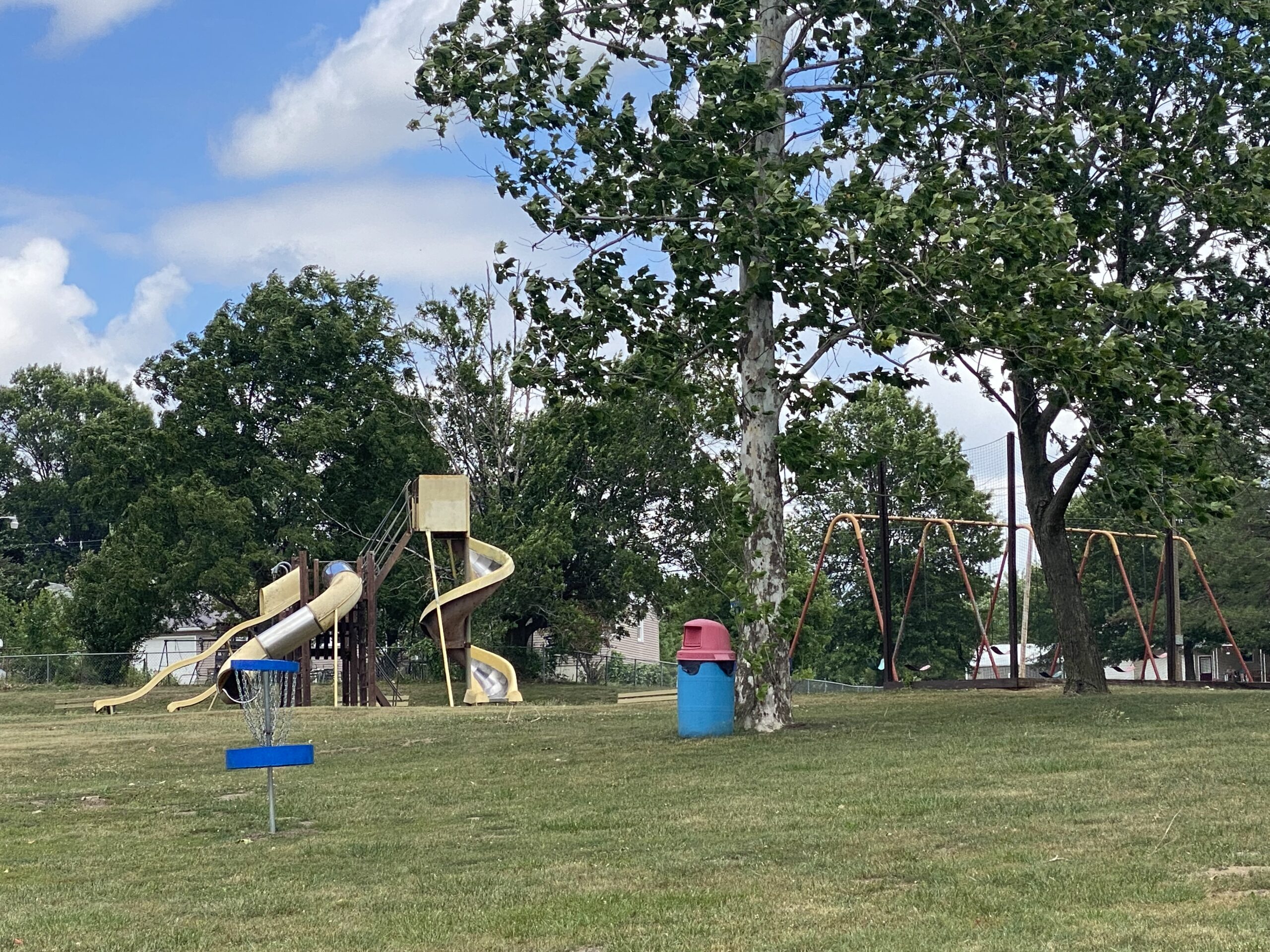

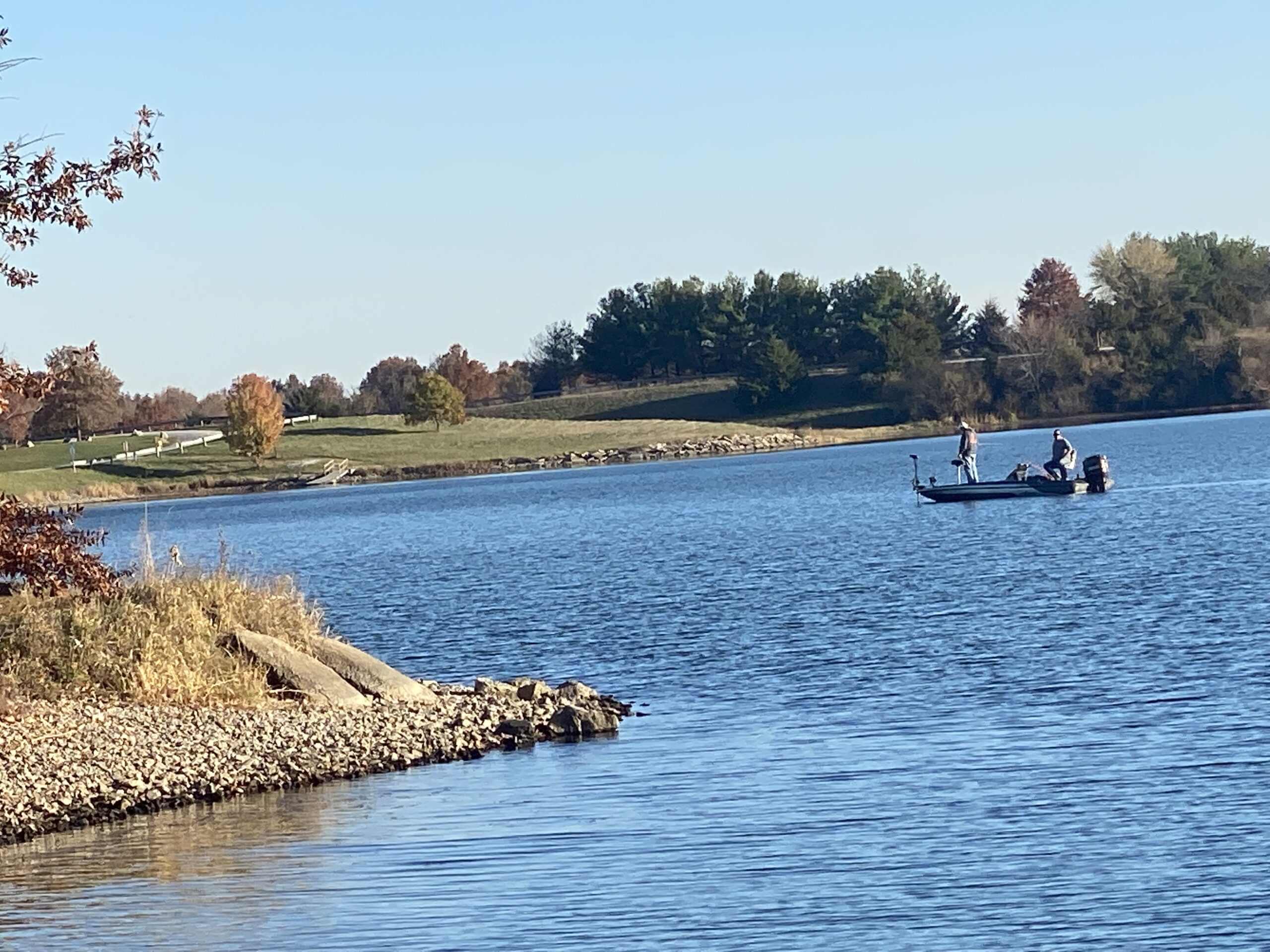
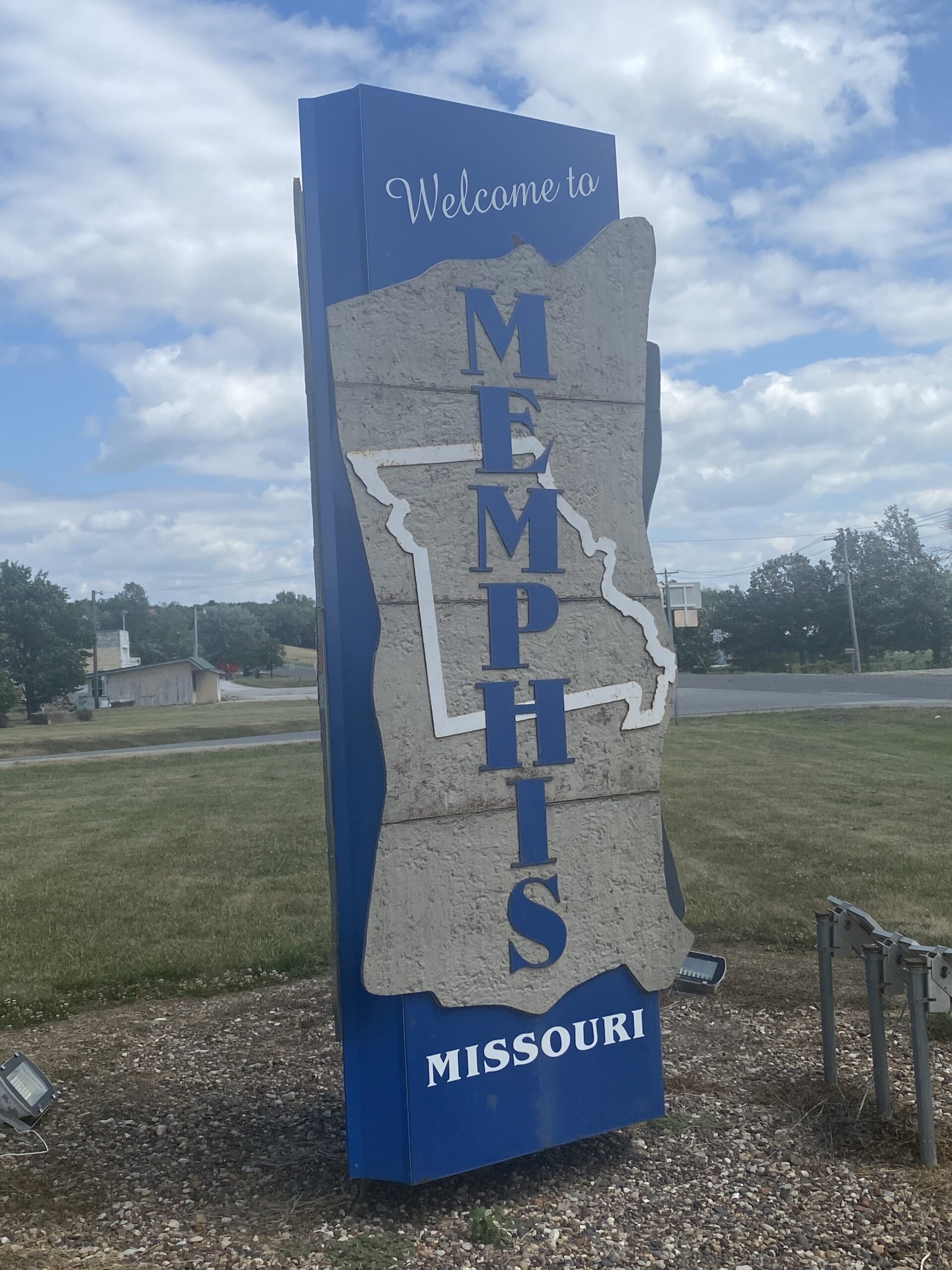
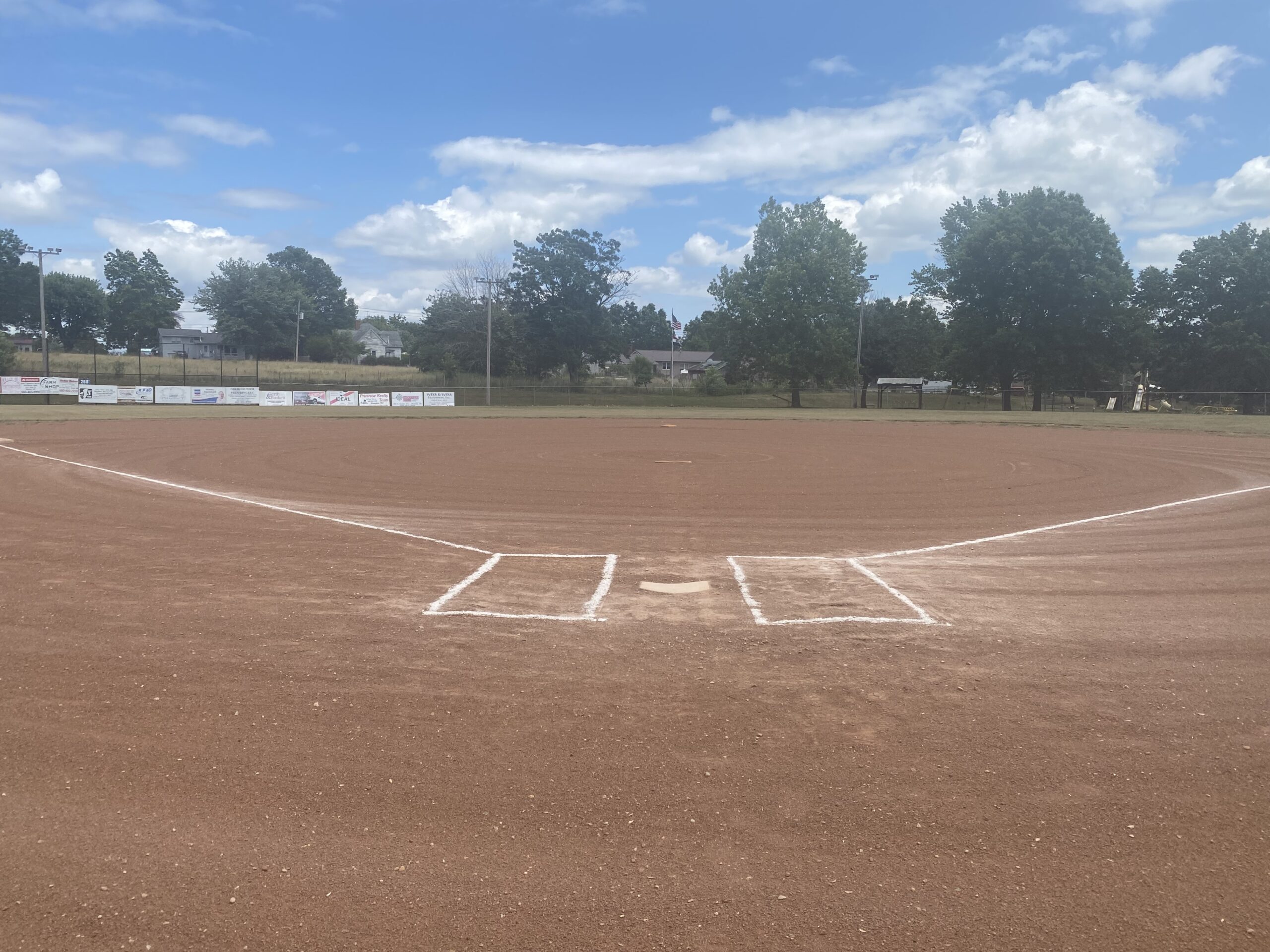




 Britta burrus design.
Britta burrus design.